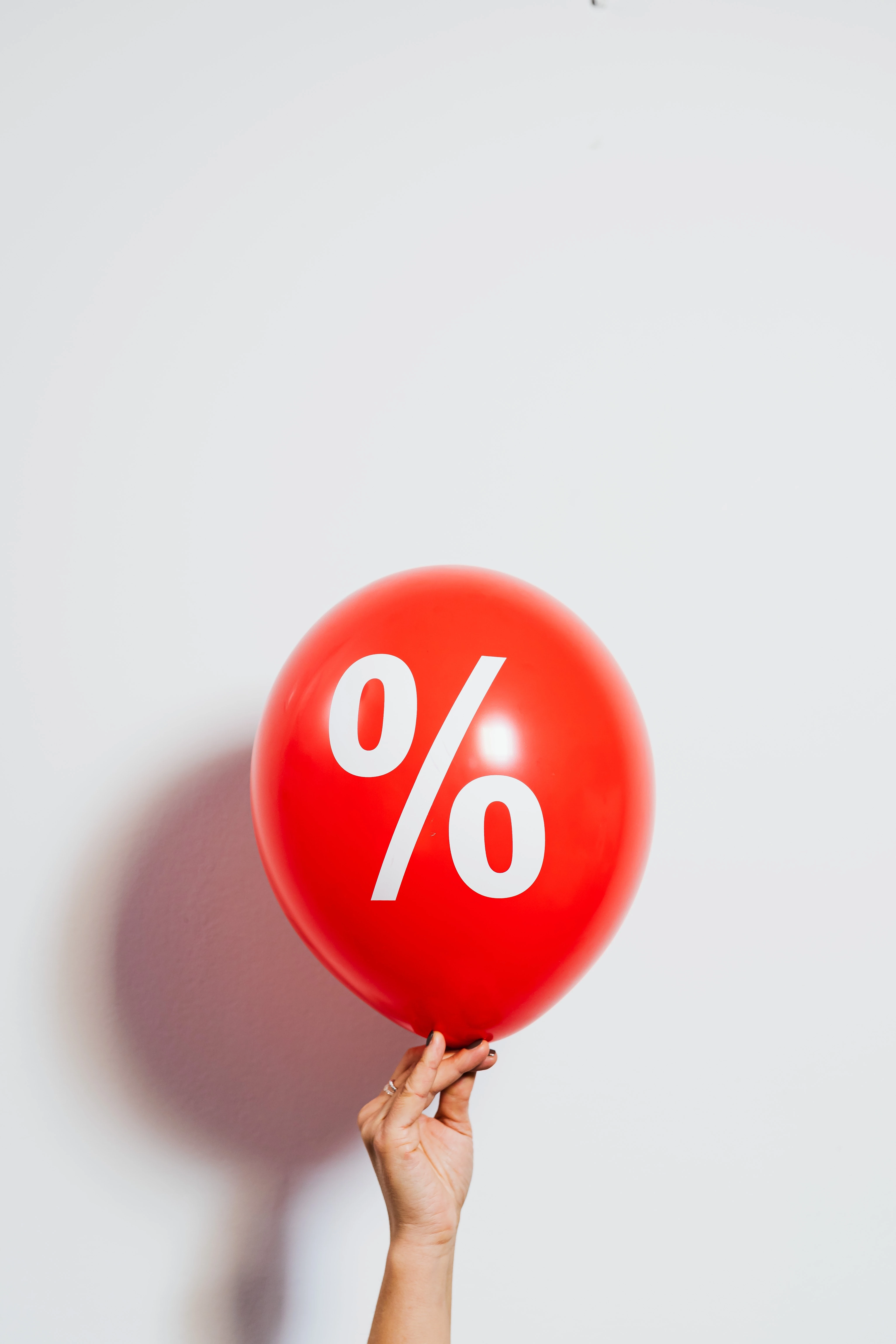
Why Does the Federal Reserve Raise Interest Rates?
According to Investopedia, “the interest rate is the amount a lender charges for the use of assets expressed as a percentage of the principal. The interest rate is typically noted on an annual basis known as the annual percentage rate (APR). When the Fed changes interest rates, it impacts the entire economy. By raising interest rates the Fed aims to control economic growth, stagnation, and the rate of inflation. Inflation refers to the rate at which prices for goods and services rise. If inflation begins to get out of control, it can lead to a significant loss of purchasing power. Higher interest rates result in higher borrowing costs and significantly less spending. The result is a drop in demand for goods and services which will ultimately cause inflation to fall. The Fed influences the rate of inflation by setting and adjusting the target for the federal funds rate. This allows the Fed to expand or contract the money supply as needed, which impacts target employment rates and stabilizes economic growth.
What is the Federal Funds Rate?
This is the interest rate that banks pay for overnight borrowing in the federal funds market. The Federal Reserve also uses it to impact other interest rates, including credit cards, mortgages, and bank loans. It also impacts the value of the U.S. dollar and other household and business assets. Whenever interest rates are rising or falling, you commonly hear about the federal funds rate because it is the most influential interest rate in the world. Another important rate influenced by the federal funds rate is called the prime rate. This rate affects consumer interest rates including rates on bank loans and adjustable mortgages. The Fed also uses the federal funds rate to curb inflation and improve the housing market by making it easier for people to take out home equity loans. By raising and lowering the federal funds rate, the Fed can prevent runaway inflation.
How 10-Year Treasury Bonds Relate to Interest Rates
Treasury bonds are issued by the U.S. Federal Government. They are a relatively safe investment because the government can print money or increase taxes to fulfill its financial obligations. Treasury Bonds mature in 30 years and offer investors the highest interest payments bi-annually. They are auctioned off regularly on the U.S. Treasury's website. The 10-year Treasury yield is closely watched as an indicator of broader investor confidence. This is because Treasury bills, notes, and bonds are considered safe investments. After all, they carry the full backing of the U.S. government.
The Discount Rate
The interest rate that impacts the stock market is the federal funds rate aka the discount rate. This is the rate depository institutions are charged for borrowing money from Federal Reserve banks. Unlike other aspects of the economy, the stock market's response to a change in this rate is more immediate.
Some industries typically benefit from interest rate hikes including the financial industry. Banks, brokerages, mortgage companies, and insurance companies' earnings normally increase when interest rates increase because they can charge more for lending.
Other industries will generally see their stock prices decrease as interest rates rise. Higher rates can cause businesses to cut back on growth and become less profitable due to higher debt expenses or less revenue. When this scenario occurs, it will likely lower the price of the company's stock. If enough companies experience declines in their stock prices the entire market will go down.
How High Interest Affects the Consumer
There are some positives to higher interest rates. For example, it results in higher returns on savings accounts. To tame inflation in 1980 and 1981, the Fed raised interest rates to a remarkable 19% resulting in unparalleled returns in savings accounts. In addition to higher savings returns for savers, individuals living on retirement income also benefit from rising interest rates. Higher rates also result in a stronger U.S. dollar since higher interest rates tend to attract increased foreign investment.
A downside to high-interest rates from a home buyer's perspective is that they lower the demand for housing and make buying or selling a home more difficult. This is because when mortgage rates increase, affordability decreases. One reason for this is that the lower cost of houses is offset by the costs associated with higher mortgage rates.
Warren Buffet warned about an overheated economy and rising inflation. According to Bloomberg, “Buffet attributed the faster-than-expected recovery to swift measures by the Federal Reserve, which helped kick 85% of the economy into ‘super-high gear.’ But as growth roars back and interest rates remain low, many are raising prices and there is more inflation than people would have anticipated six months ago.”
The expectation is that ultimately the Fed will need to raise interest rates to keep inflation from spiraling out of control. This will reduce the level of demand in the economy because higher interest rates encourage households and firms to save more and spend less. In a hedge against the expected rise in rates, many potential homebuyers and existing homeowners are locking in today’s historically low rates.
How Low Interest Affects the Consumer
When interest rates are low, more people can borrow money to make big purchases, such as houses or cars. Having less interest to pay provides an opportunity to have more money to spend. The increased spending stimulates the economy. Businesses also tend to take advantage of lower interest rates and make large equipment purchases due to the low cost of borrowing. New homebuyers benefit from low-interest rates by being able to get more houses for their money. Likewise, existing homeowners often refinance while rates are still below historic norms as it is likely to lower their mortgage rate and reduce their monthly mortgage payments.
*https://www.corelogic.com/intelligence/homeowner-equity-insights-q4-2023/
By refinancing an existing loan, the total finance charges may be higher over the life of the loan. We may transfer the escrow account balance from the current loan to the new loan. If the current escrow amount is insufficient due to changes in taxes or insurance, we may require additional money when closing on the new loan.



